Can You See Atoms With Microscope ?
No, atoms cannot be directly seen with a traditional light microscope due to their extremely small size. The resolution of a light microscope is limited by the wavelength of visible light, which is much larger than the size of atoms. However, there are specialized microscopes such as scanning tunneling microscopes (STM) and atomic force microscopes (AFM) that can indirectly visualize atoms by scanning a sharp probe over a surface and detecting the interactions between the probe and the atoms. These techniques rely on the principles of quantum tunneling and atomic forces to create images at the atomic scale.
1、 Atomic Force Microscopy: Visualizing atoms using a specialized microscope.
Atomic Force Microscopy (AFM) is a specialized type of microscope that allows scientists to visualize atoms. Unlike traditional optical microscopes, which use light to magnify and observe objects, AFM uses a tiny probe to scan the surface of a sample at the atomic level.
AFM works by measuring the forces between the probe and the atoms on the sample's surface. The probe consists of a sharp tip attached to a cantilever, which is a flexible beam. As the probe scans the surface, it moves up and down in response to the atomic forces. These movements are detected and used to create a three-dimensional image of the sample's surface.
With AFM, scientists can not only see individual atoms but also study their properties and interactions. This powerful technique has revolutionized the field of nanotechnology, allowing researchers to manipulate and understand materials at the atomic scale.
It is important to note that AFM does not directly "see" atoms in the same way that our eyes see objects. Instead, it detects the forces between the probe and the atoms, and then translates these forces into a visual representation. This means that AFM provides a more indirect visualization of atoms compared to other techniques like scanning electron microscopy.
In recent years, advancements in AFM technology have further improved its resolution and sensitivity. For example, high-speed AFM techniques have been developed, enabling real-time imaging of dynamic processes at the atomic scale. Additionally, functional AFM modes have been developed to study various properties of atoms, such as their electrical, magnetic, and mechanical characteristics.
In conclusion, Atomic Force Microscopy is a specialized microscope that allows scientists to visualize atoms by measuring the forces between a probe and the atoms on a sample's surface. While AFM provides an indirect visualization of atoms, it has greatly contributed to our understanding of materials at the atomic scale. Ongoing advancements in AFM technology continue to push the boundaries of atomic imaging and characterization.

2、 Scanning Tunneling Microscopy: Imaging atoms through electron tunneling.
Yes, you can see atoms with a microscope, specifically with a Scanning Tunneling Microscope (STM). The STM is a powerful tool that allows scientists to image individual atoms by utilizing the phenomenon of electron tunneling.
In STM, a sharp metal tip is brought very close to the surface of a sample. A small voltage is applied between the tip and the sample, creating a tunneling current of electrons. The tip is then scanned across the surface, and the variations in the tunneling current are measured. These variations are used to create a three-dimensional image of the surface, revealing the positions of individual atoms.
The resolution of STM is remarkable, allowing scientists to visualize individual atoms and even manipulate them. It has been used to study a wide range of materials, including metals, semiconductors, and even biological molecules. STM has provided valuable insights into the atomic structure and properties of materials, leading to advancements in various fields such as nanotechnology, materials science, and surface chemistry.
It is important to note that while STM can visualize atoms, it does not directly "see" them in the traditional sense of optical microscopy. Instead, it relies on the detection of electron tunneling, which provides information about the electron density distribution around the atoms. This allows scientists to infer the positions of the atoms and create an image.
In conclusion, Scanning Tunneling Microscopy is a powerful technique that enables the imaging of individual atoms. It has revolutionized our understanding of the atomic world and continues to be a valuable tool in scientific research.

3、 Transmission Electron Microscopy: Resolving atomic structures using electron beams.
Yes, you can see atoms with a microscope, specifically with a Transmission Electron Microscope (TEM). Transmission Electron Microscopy is a powerful technique that uses a beam of electrons to image the structure of materials at the atomic level. Unlike traditional light microscopes, which use visible light to illuminate samples, TEM uses a beam of electrons that has a much shorter wavelength, allowing for higher resolution imaging.
In a TEM, a beam of electrons is transmitted through a thin sample, and the resulting image is formed by the interaction of the electrons with the atoms in the sample. By manipulating the electron beam and using various detectors, scientists can obtain detailed information about the arrangement of atoms in a material, including their positions and bonding.
With advancements in technology, TEM has become increasingly capable of resolving atomic structures. In recent years, researchers have been able to image individual atoms and even observe their movements in real-time. This has led to significant breakthroughs in various fields, such as materials science, nanotechnology, and biology.
However, it is important to note that while TEM can provide atomic-level resolution, it has limitations. The sample preparation process can be challenging, as the sample needs to be extremely thin and electron-transparent. Additionally, the electron beam can damage the sample, limiting the observation time. Nevertheless, TEM remains an invaluable tool for studying the atomic structure of materials and continues to push the boundaries of our understanding of the nanoscale world.
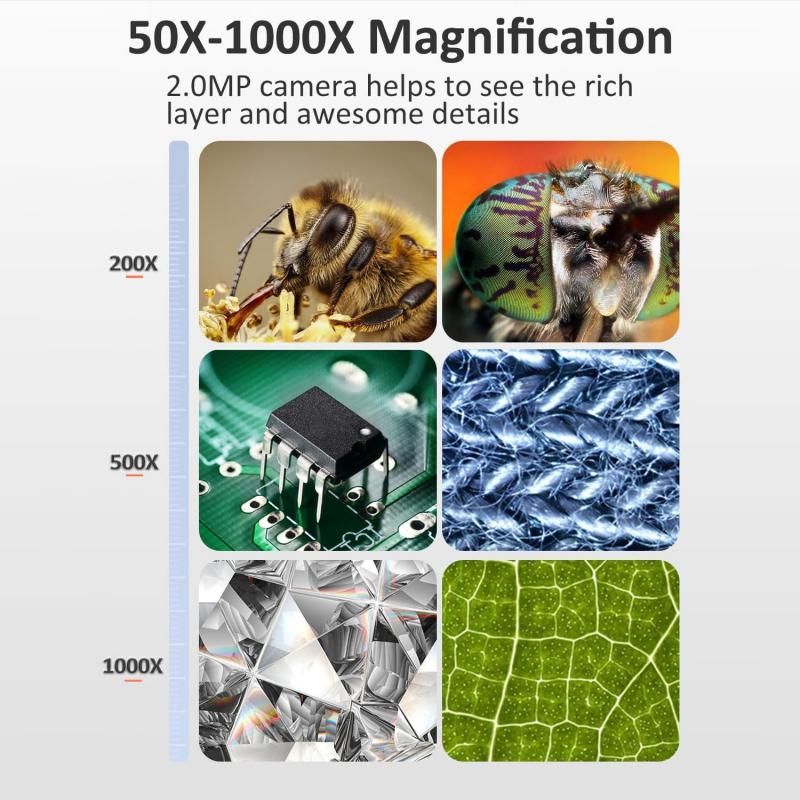
4、 Scanning Electron Microscopy: Examining surface features at high magnification.
Scanning Electron Microscopy (SEM) is a powerful technique used to examine surface features at high magnification. However, it is important to note that SEM does not directly visualize individual atoms.
The resolution of an SEM is limited by the wavelength of the electrons used to scan the sample. While the resolution of an SEM is typically in the range of a few nanometers, individual atoms are much smaller, typically on the scale of picometers. Therefore, it is not possible to directly see atoms with an SEM.
However, SEM can provide valuable information about the surface morphology and topography of a sample. By scanning a focused beam of electrons across the sample surface, SEM generates high-resolution images that reveal details such as surface roughness, texture, and the presence of features like cracks or pores. This information is crucial in various fields, including materials science, nanotechnology, and biology.
It is worth mentioning that there are other techniques that can be used to visualize individual atoms, such as transmission electron microscopy (TEM) and scanning tunneling microscopy (STM). These techniques rely on different principles and can achieve atomic resolution. However, they have their own limitations and are not commonly used for routine surface analysis.
In summary, while SEM is an excellent tool for examining surface features at high magnification, it does not directly visualize individual atoms. To visualize atoms, other techniques such as TEM or STM should be employed.
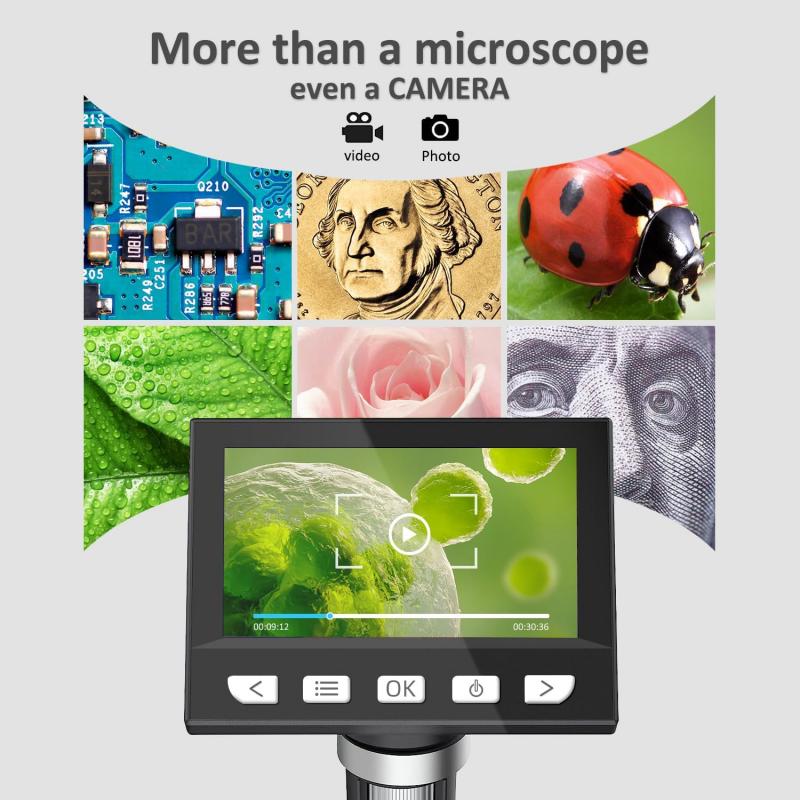




















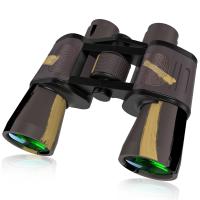









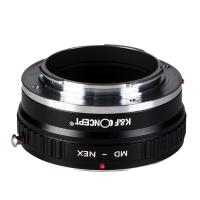




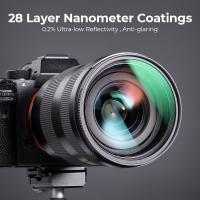



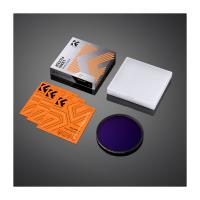
There are no comments for this blog.